#James Webb telescope
Explore tagged Tumblr posts
Text
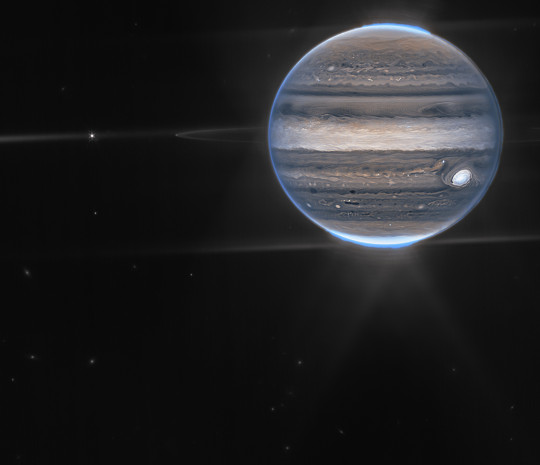
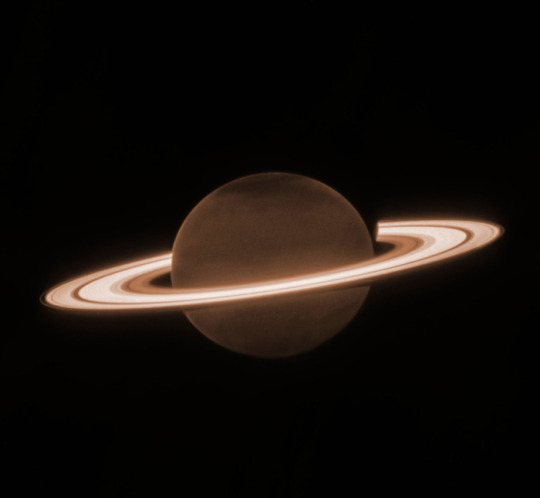

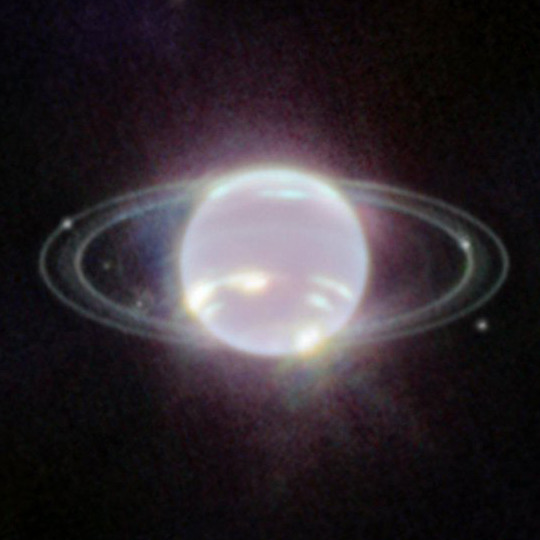
Webb captures the Rings of Giant Planets
#jupiter#solar system#saturn#uranus#neptune#space#nasa#webb#astrophotography#astronomy#james webb telescope#universe#stars#sky#galaxy#planets
28K notes
·
View notes
Text
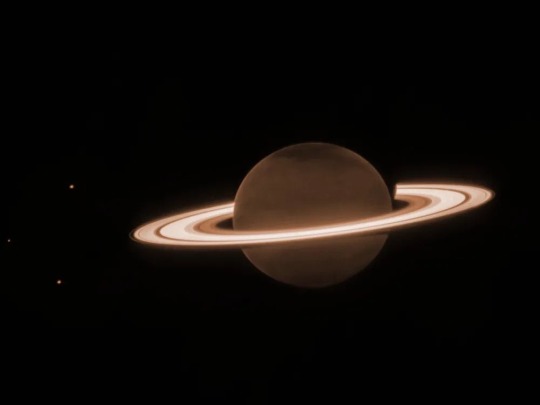
The first image of Saturn from the James Webb Space Telescope
6K notes
·
View notes
Text
sure the world might be ending but look at the pictures of the universe that the james webb telescope took







#life is awful#but the universe is still there#and so maybe things arent all that bad#space#science#james webb space telescope#james webb telescope#space news#stars#universe
2K notes
·
View notes
Text
For a while now I've been wanting to try painting over the Pillars of Creation photo taken by the Webb telescope.
When I was a kid I thought the earlier version looked like a bunch of dragons racing to the sky, and I think the new pic looks even more like it, so, here they are~
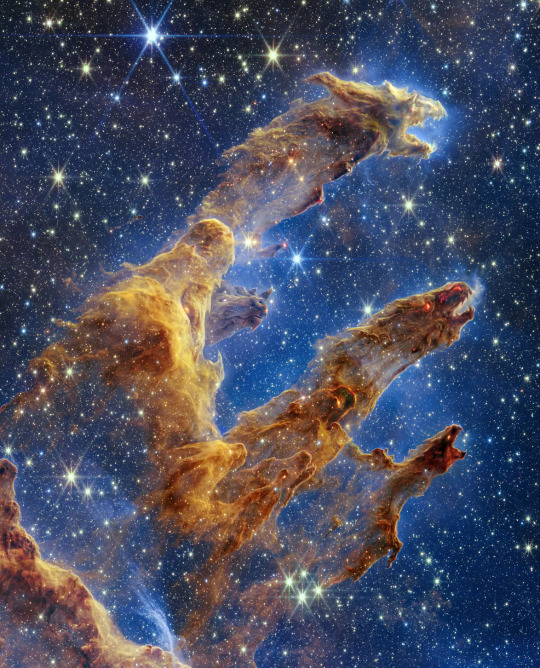
For reference, same crop of the photo down here:
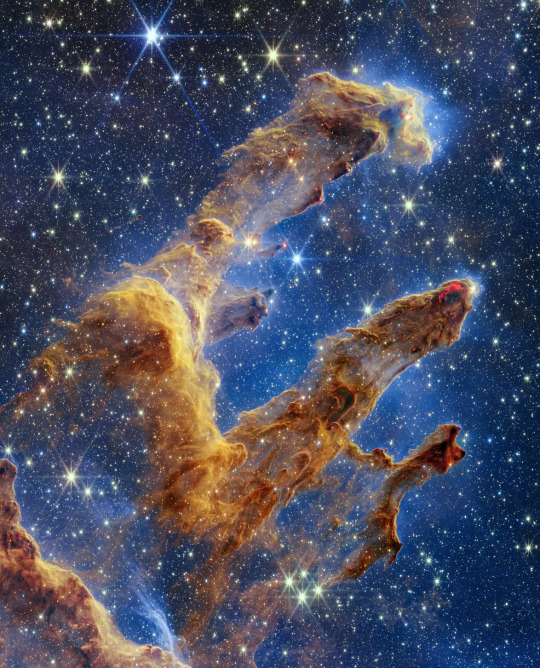
#a lil paint over for a relaxey afternoon#pillars of creation#dragons#everything is better with more dragons in it#james webb images#james webb telescope#myart#space#otherart#allmyart
31K notes
·
View notes
Text

Planet Jupiter, James Webb Telescope
2K notes
·
View notes
Text
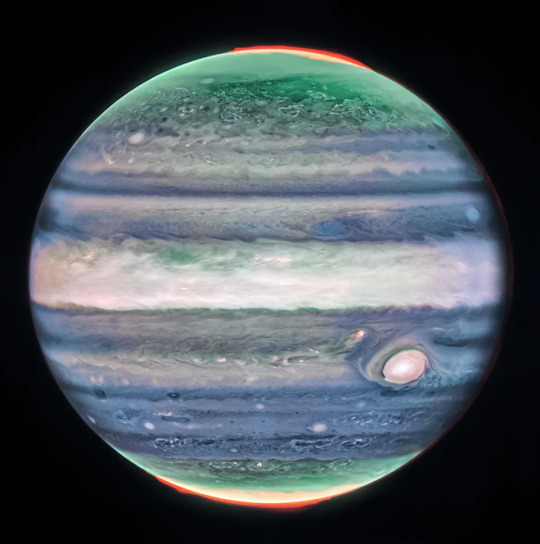
New image of Jupiter as seen from the James Webb Space Telescope
#jupiter#james webb#james webb telescope#james webb space telescope#hubble telescope#photography#nature#landscape#space#aesthetic#art#curators on tumblr
5K notes
·
View notes
Text
The James Webb Space Telescope has released new images of Jupiter.
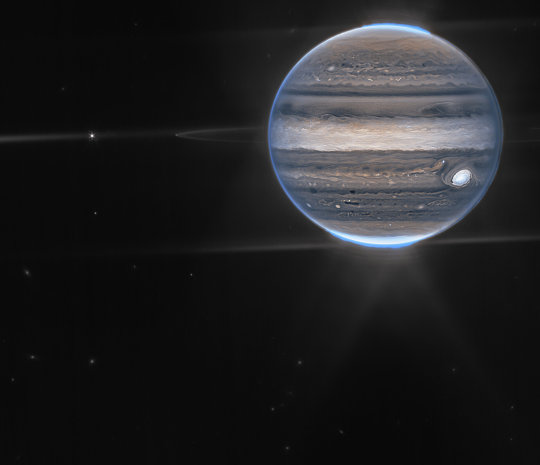
#jupiter#space#astronomy#astrophotography#universe#galaxy#astronout#galaxies#nasa#astro#jupeter#astrology#telescope#james webb space telescope#james webb telescope#james webb images#james webb space technology#james webb photos#planet#planets#solar system#astrologer#astroloji#nasa breaking news#nasa picture of the day#astrophysics
4K notes
·
View notes
Text

Wispy curtains of IC 348 © JWST
JWST identifies three tiny free-floating brown dwarfs in the star cluster IC 348: objects too small to be stars but larger than most planets
#JWST#webb#space#nasa#astrophotography#james webb telescope#IC 348#universe#stars#night sky#astronomy#cosmos#planet#galaxy#solar system#star cluster
1K notes
·
View notes
Text
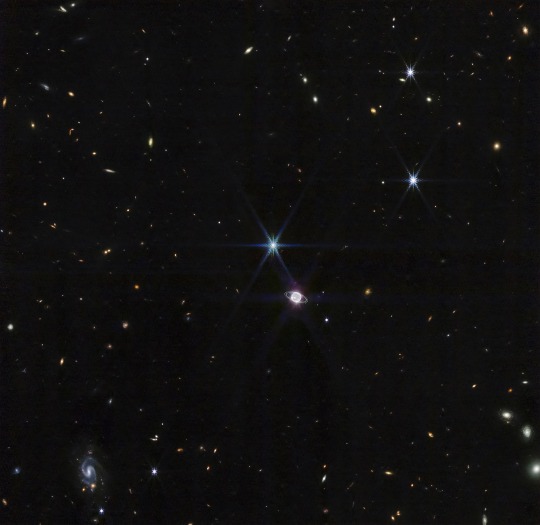
neptune
#neptune#astronomy#space#planets#solar system#galaxycore#galaxy#james webb images#james webb space telescope#james webb telescope#james webb space technology#james webb photos#space photos#space photography#stars#spacecore
1K notes
·
View notes
Text

Webb Space Telescope + the Hubble Space Telescope = gold!
This image of galaxy cluster MACS0416 combines visible and infrared light to create one of the most colorful views of the universe.
#space station#hubble space telescope#hubble#james webb space telescope#james webb images#james webb#james webb photos#james webb space technology#james webb telescope#astronomers#astrophysics#astrophotography#astro notes#astronomy#astro observations#astrology#astro community#nasawebb#nasa#nasa photos#nasa picture of the day#universe#solar system#space science#outer space#space#space exploration#space photography#beautiful photos
650 notes
·
View notes
Text
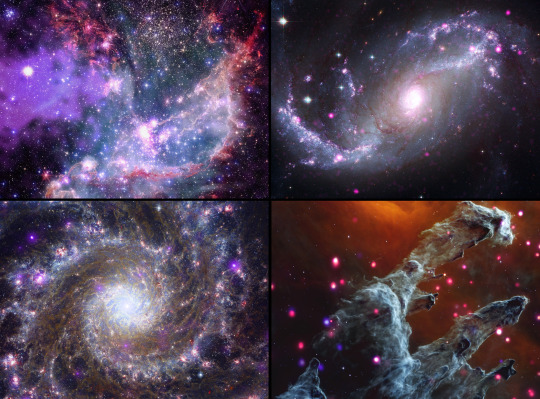

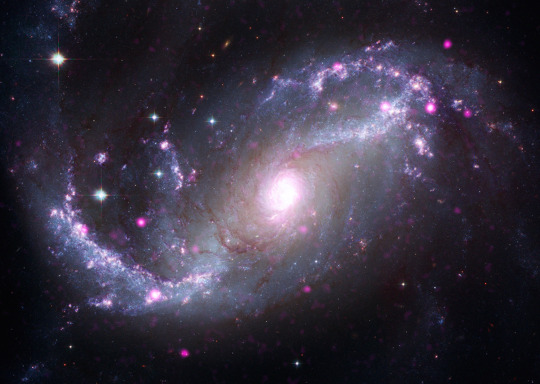
Composite Images From NASA’s Most Powerful Telescopes Reveal Mind-Boggling Details of the Cosmos
1K notes
·
View notes
Text
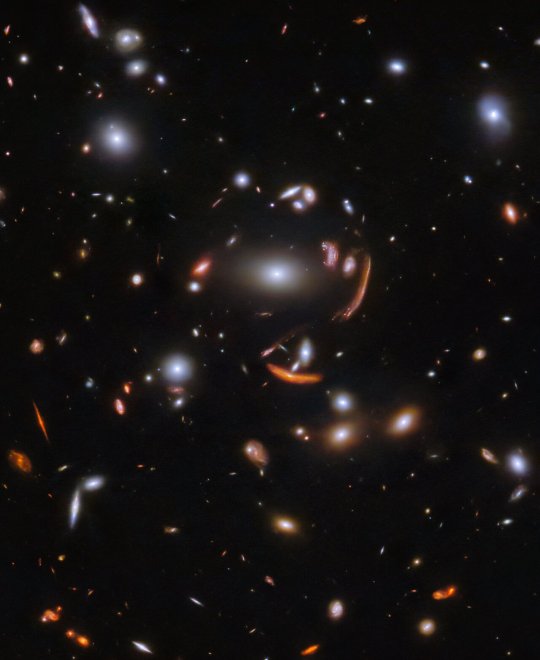

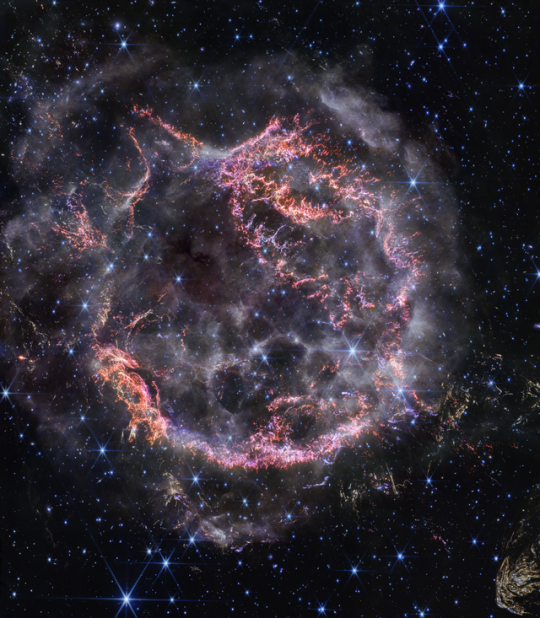
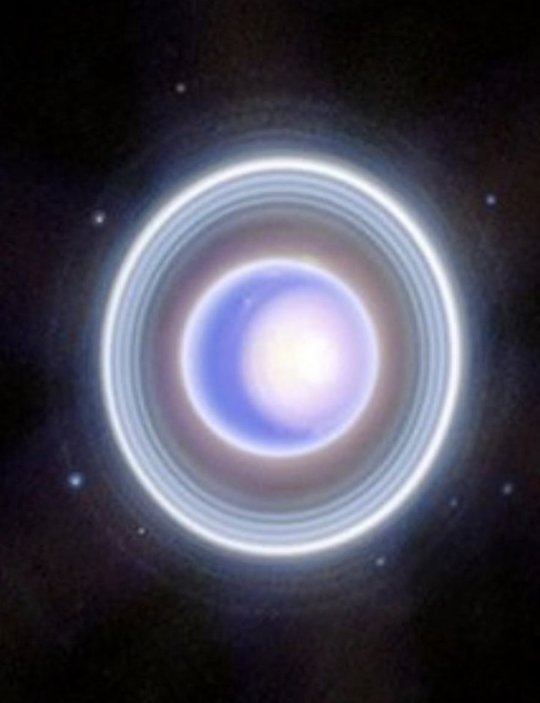
Gifts from Webb l Dec. 2023
The vast galaxy cluster SDSS J1226+2152 l Center of Star cluster IC 348 l Supernova Remnant Cassiopeia A l Ice giant Uranus & its moons
#space#nasa#webb#galaxy#astrophotography#astronomy#stars#sky#solar system#uranus#cassiopeia A#supernova remnant#planets#universe#james webb telescope
3K notes
·
View notes
Text
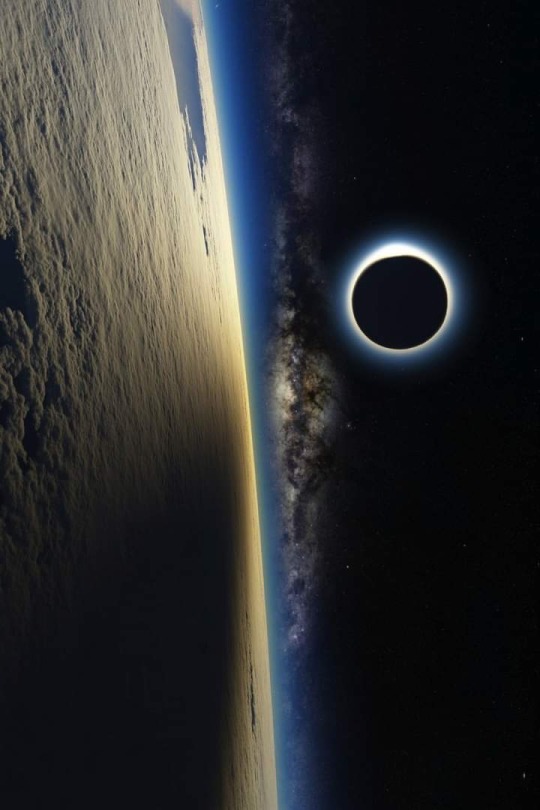
Solar eclipse seen from space
4K notes
·
View notes
Text
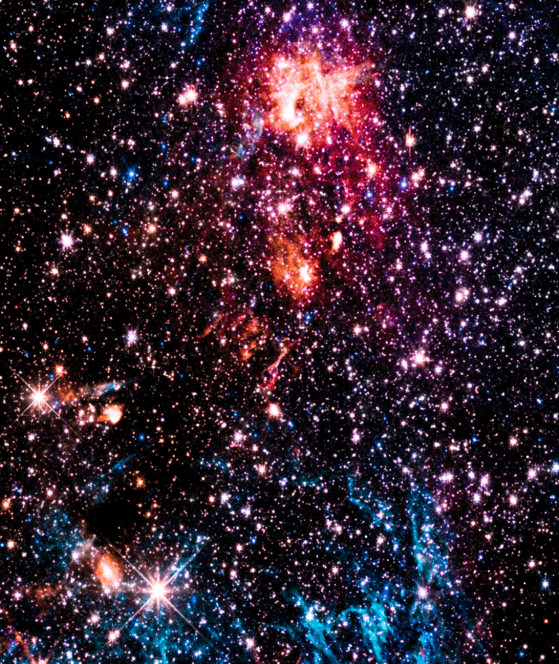
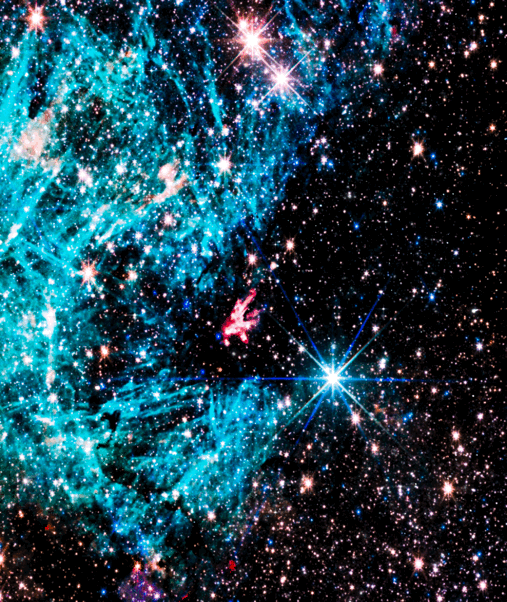
🌌The Beauty of James Webb🌌
#gifs(edits) made by me :)#assassin1513#mystical#stars#space#mystic#outer space#glitter#cosmic#cosmos#cosmos aesthetic#to infinity and beyond#infinity#beyond#james webb space telescope#james webb telescope#james webb images#james webb photos#space vibes#spacecore#space aesthetic#nebula#star#star cluster#lost in space#beyond the star#nasa#void#magic#magical
457 notes
·
View notes
Text
Love this image from the James Web Telescope. Even the universe is questioning things. That or it is a Riddler fan.
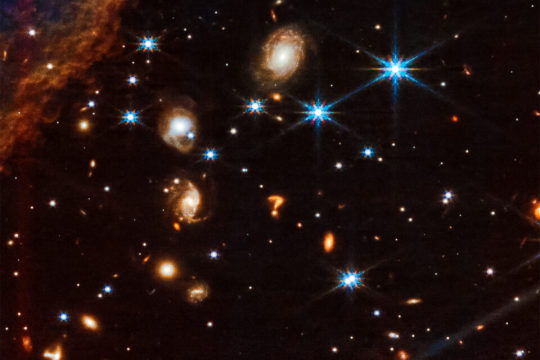
#mysteryofarkhamasylum#james webb telescope#james webb space telescope#universe#space#image is absolutely beautiful#💙💙#the riddler#edward nygma#edward nigma#batman#dc comics#nasa
937 notes
·
View notes
Text

NGC 1566 (Hubble + Webb)
Face-on spiral galaxy, NGC 1566, is split diagonally in this image: The James Webb Space Telescope’s observations appear on bottom right, and the Hubble Space Telescope’s at top left. Webb and Hubble’s images show a striking contrast, an inverse of darkness and light. Why? Webb’s observations combine near- and mid-infrared light and Hubble’s showcase visible and ultraviolet light. Dust absorbs ultraviolet and visible light, and then re-emits it in the infrared. In Webb's images, we see dust glowing in infrared light. In Hubble’s images, dark regions are where starlight is absorbed by dust.
In Webb’s high-resolution infrared images, the gas and dust stand out in stark shades of orange and red, and show finer spiral shapes with the appearance of jagged edges, though these areas are still diffuse.
In Hubble’s images, the gas and dust show up as hazy dark brown lanes, following the same spiral shapes. Its images are about the same resolution as Webb’s, but the gas and dust obscure a lot of the smaller-scale star formation.
[Image description: Two observations of the galaxy NGC 1566 are split diagonally, with Hubble’s observations at top left and Webb’s at bottom right. The galaxy’s core appears centered and the galaxy’s arms rotate counterclockwise. In Hubble’s image, two prominent spiral arms are a mix of dark brown dust lanes and some bright blue and pink star clusters, and the center is pale yellow. In Webb’s image, the spiral arms are shades of orange, with prominent dark gray or black “bubbles,” and there is a blue haze surrounding the core.]
Image and information from NASA.
#astronomy#stars#space#science#ngc 1566#ngc1566#james webb space telescope#james webb telescope#hubble#galaxy#galaxies
94 notes
·
View notes